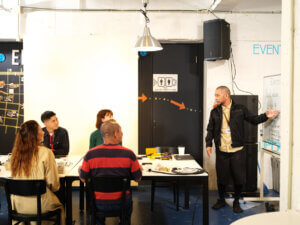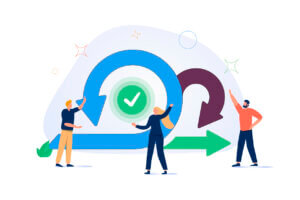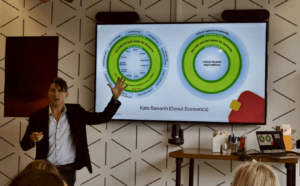
How to conduct an ecosystem mapping
How to conduct an ecosystem mapping On a wall or Miro/Mural board, start with a large circle with circles around it. Each person (working


How to conduct an ecosystem mapping On a wall or Miro/Mural board, start with a large circle with circles around it. Each person (working

Summary: Ecosystems exist around any business or solution. Uncovering and understanding ecosystems can increase the value-add returned to your business and experience strategy. Today, a

In service design, a “moment of truth” (MOT) refers to the perceptions formed during critical moments or interactions between a customer and a service provider.

Summary: Systems thinking is a new skill for the 21st century. It is central to practicing Service Design. A mindset, as much as a tool,

Summary: Touchpoint mapping is an inventorying technique used in Service Design to identify customer, employee, and brand interactions throughout a service or product experience. By

Summary: Whether you are new to User Experience (UX) or are scaling an existing team, clarity on UX roles is essential. Stakeholders often fail to

Summary: What is Data-Driven UX? Instead of designing without data, you use data to guide your design decisions. Qualitative data helps you design the right


Summary: The recent UN call to action on sustainability means UX and Service Designers need to move quickly to both respond to customer demands for

Summary: Donut-centered Design brings two key areas of design intervention together: the inclusion of users left out of design ‘defaults’ and high-impact sustainability development goals

Summary: Stakeholder sabotage refers to the negative impact of excluding influential decision-makers from the early stages of a project. Sabotage occurs when senior influencers jeopardize

Summary: The downsides of a ‘UX Unicorn’ phenomenon sheds light on why it is both an unattainable myth and a potentially harmful mindset. Specialization is